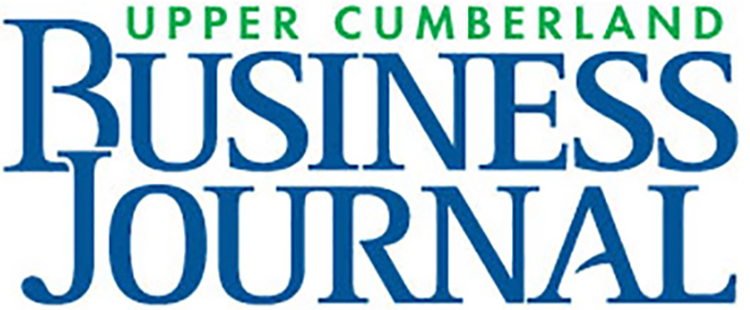By Lillian Hartgrove, State Board of Education Chairman
Special to the UCBJ
Things are beginning to open back up, and we are all learning to adjust to the new “normal,” whatever that may be. Over the course of the last few weeks, all 50 states have begun to initiate the re-opening of non-essential businesses. These re-openings have the U.S. Department of Labor scrambling to initiate new policies to keep everyone safe.
On May 19, 2020, OSHA released a memorandum titled “Updated Interim Enforcement Response Plan for Coronavirus Disease 2019 (COVID-19),” which will rescind the previous memorandum on the topic of handling inspections during COVID-19 and go into effect on May 26, 2020, remaining in effect until further notice. This plan is aimed at providing instructions and guidance to OSHA offices and compliance officers for handling COVID-19 related complaints, referrals, and severe illness reports. Employers can use this guidance to better understand what they should expect from OSHA inspections during this uncertain time.
Under these new guidelines, OSHA will return to the inspection policy relied on prior to COVID-19 in communities where the spread of COVID-19 has significantly decreased. Employers in these areas should note that inspections are likely to be less prevalent for non-COVID reports, as OSHA will continue to prioritize inspections of reported COVID-19 cases. However, in most cases, fatalities, imminent danger reports, and life-critical unprogrammed activities will result in on-site inspections.
In high-risk workplaces (primarily healthcare facilities such as hospitals, nursing homes, morgues, and other facilities that come into close contact with the virus) or where a local area is experiencing either a sustained elevated community transmission or a resurgence of community transmission, OSHA inspectors are to follow modified procedures. Fatalities and imminent danger exposures related to COVID-19 will be prioritized for inspections. However, non-formal phone/fax inspections, instead of on-site inspections, will be used when necessary.
In determining whether or not to conduct an in-person inspection, area OSHA offices will consider factors such as the severity of the complaint and the availability of PPE to OSHA inspectors. It is expected that OSHA will develop a program to conduct monitoring inspections from a randomized sampling of fatality or imminent danger cases where inspections were not conducted in accordance with normal procedure due to resource limitations. That suggests that employers who suffer fatalities and imminent danger exposures related to COVID-19 and are not initially subjected to an on-site investigation should be prepared to undergo an on-site investigation at some point after the current restrictions are loosened.
These new guidelines further provide that all other formal complaints alleging COVID-19 exposure (those exposures that do not result in death or imminent danger), where employees are engaged in medium to lower exposure risk tasks (most non-healthcare related workers), might now result in an on-site inspection.
If, despite these new guidelines, OSHA determines that an on-site inspection is warranted, the process may still look a little different than pre-COVID. Opening conferences are to be conducted in a manner that recognizes current social distancing standards, such as in a meeting room large enough to accommodate individuals maintaining a 6-ft. distance from one another, in an outdoor location, or by telephone. Document review will occur electronically or remotely. OSHA inspectors must wear PPE, to include a minimal level of respiratory protection. OSHA inspectors are further required to ask employers if there are any facility-imposed PPE requirements and adhere to those PPE requirements during the course of their inspection. Also, if the formal inspection can be conducted without accessing a location of suspected or confirmed COVID-19 exposure, then all possible steps must be taken by the OSHA inspector to avoid such exposure.
The updated memorandum specifies that violations of OSHA standards cited under the current inspection guidance in the memorandum will normally be classified as serious. While this guidance can sound concerning, especially to healthcare and other high exposure facilities, the guidance does recognize the mass shortage of needed PPE, and it goes on to set out standards which should be followed if a facility lacks the necessary equipment certified by the National Institute for Occupational Safety and Health. The guidelines go on to say that OSHA inspectors should exercise enforcement discretion when considering issuing citations in cases where PPE is lacking due to shortage, but a plan has been formulated and other feasible measures have been taken to protect employees from possible exposure.
In short, employers should not expect OSHA to be conducting a lot of non-COVID inspections, for the foreseeable future. Employers who are reported for COVID-19 related fatalities and imminent danger situations can expect inspection of some sort. If an on-site inspection is not conducted immediately, employers should be prepared for an on-site investigation to take place at some point after COVID-19 restrictions are further loosened.
While it is inevitable that many healthcare facilities will be reported for COVID-19 related fatalities and imminent danger situations, there are steps that can be taken on the part of employers to avoid citations. Employers should stay up-to-date on — and implement — policies in accordance with CDC guidelines. In the event employers are unable to provide their employees with certified equipment, the employer should do the best they can to provide protections from the virus to all employees. Employers should further document their attempts to obtain certified equipment and the steps they are taking to protect their employees.







